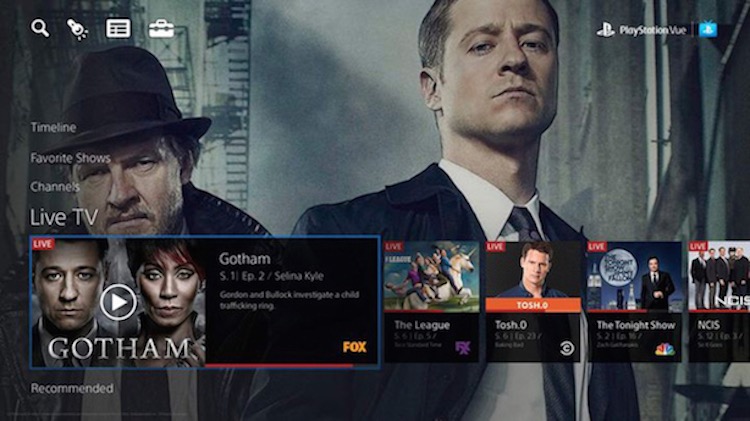The Emerging TVTOPIA Viewer

Pivotal Research Group recently published its May 2017 TV trends. Not surprisingly, Pivotal analysts highlighted that consumption via internet-connected devices—including Roku, Apple TV, and Google's Chromecast—rose by 47% year over year to account for 12% of total TV use among adults 18-49 on a total day basis, vs. 7.7% in June 2016 and 4.6% in June 2015.
Well how about that? TV viewing appears to be flourishing! Exciting on its own for those who bet it wouldn't die but even better when you look at the way streaming is transforming it. Some of the traits of digital—like greater viewer control and flexibility—have seeped in to redefine the viewer experience in a rapidly growing OTT framework. So what's next in terms of how this new way of viewing will evolve?
For starters, we expect that 12% of total TV consumption via internet-connected devices to become 100% over the next few years. The tipping point for taking over will occur when viewer demand for more control and flexibility rises. And that long-simmering demand is close to reaching a boil.
At the same time, we are also tracking the emergence of skinny bundles.
There are more ways than ever to consume the best in TV content, which portends a battle for consumer attention and, more importantly, retention. We know traditional television providers like Charter Communications and CenturyLink are feeling the pressure as seen by the comeback and rise of skinny bundle packages. But interestingly enough, they're not the only ones debuting this feature. Non-traditional media players are building partnerships with "disruptors" like Google's YouTube TV, Hulu's recently launched live TV bundle, Sony's PlayStation Vue and fuboTV. Does this mean the future of TV is marked by collaboration not competition?
Probably not. It's more to do with the current and future consumer. Skinny bundles may break down to a higher cost per channel, but from a consumer's point of view they save time and money. After all, why pay for 500 channels when you only frequent five?
Modern viewers are convenience based—they want what they want, when they want it. A recent study found that among 18-to-26-year-olds, 71% preferred to view TV content through an OTT platform. And when it comes to brand recognition in terms of original content, OTT-based platforms like Netflix and Hulu far out-perform broadcast networks with 65% of millennials being able to correctly identify Netflix originals with the brand whereas only 31% of millennials matched ABC, CBS, and NBC programs.
But that doesn't mean OTT-based platforms have won completely, not yet. They'll need to deliver on a huge push for live TV content first. Hulu and others are making strides there, of course. In any case, it seems that OTT-based platforms need traditional media players. Facebook's attempts to get traditional media ad dollars into the platform has been met with much resistance. However, as they foray into bringing VR into live content, who knows if that will change?
Outside of how brands are spending their marketing dollars, you have to look at the content itself. YouTube TV heavily relies on broadcast networks to compensate for its lack of channels. And while many OTT-based platforms are pushing for original content, we are starting to see a lot of show cancellations, proving what we secretly always knew: that consumers are not loyal to a single platform. They will go where their favorite content is. Period.
Consumers have no horse in this race. They simply want amazing content and a convenient way to watch it.
Jacqueline Corbelli is CEO, founder and chairman of BrightLine, a market leader in advanced TV. Follow her on Twitter: @JCITV
Broadcasting & Cable Newsletter
The smarter way to stay on top of broadcasting and cable industry. Sign up below



